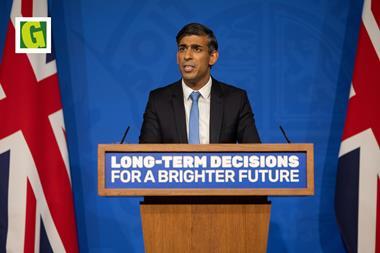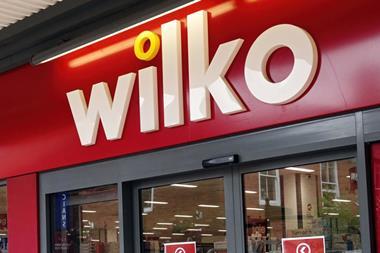Last week saw the culmination of years of debate about food information regulations.
What set out to be a fundamental review to ensure labelling continues to meet consumer needs has delivered some improvements, but failed to deal with key challenges such as front-of-pack nutrition labelling.
On the positive side, back-of-pack nutrition information has been made mandatory in the EU. Country-of-origin labelling has been extended to all meat and a minimum font size is now required. The decision to make labelling of nano-ingredients compulsory is another major advance, given the lack of transparency about how the technology is being used. There have also been improvements to how foods such as meat products are to be presented for instance, the amount of added water will now have to be specified if it is more than 5% and people will have to be informed when they are buying formed meat or fish.
The EU has also closed loopholes to ensure people can’t be misled if the main ingredient is from one country, but the finished product is made elsewhere. A welcome move for consumers in June, seven in 10 told Which? they wanted to know where meat comes from. But the same number want to know the origin of dairy products, too. And although voluntary initiatives go some way to addressing this, they don’t ensure universal labelling. The European Commission now has to produce a report on the feasibility of extending country-of-origin labelling to other foods. It is essential it takes what consumers want into account.
The area that attracted the fiercest lobbying against progress was front-of-pack nutrition labelling. The legislation we have been left with is weak, but could be worse. It is voluntary, but levels of energy, fat, saturated fat, sugar and salt can be shown, and additional forms of expression can be used to present nutritional information.
These developments open the door for government to work with the industry to ensure we finally have consistent front-of-pack nutrition labelling, including traffic light colours across the board to show levels of key nutrients. Food companies can no longer hide behind the excuse of waiting for legal certainty. It is time for compromise and a more user-friendly approach to help people quickly identify the healthiest options.
Research from both Which? and the Food Standards Agency has repeatedly shown that schemes which include traffic lights work best. When Which? asked people whether they thought traffic light or guideline daily amount (% GDA) schemes were easier to understand, seven out of 10 chose traffic lights. The Government needs to show leadership and make it clear that, with high rates of obesity and diet-related disease, we can no longer afford half-hearted measures.
There are other issues that the review did not tackle, including the labelling of products derived from clones and their offspring, and how to enable people to make sustainable as well as healthy choices. These gaps need to be addressed.
Food labelling is still not perfect, but last week’s decision has helped to make it clearer and more consistent. We now need to capitalise on this opportunity to ensure food labelling really does work for UK consumers.
Sue Davies is chief policy adviser for Which?
Sign in to comment on this article
Not logged in before? Register for FREE guest access today.
You will be able to:
- Read more stories
- Receive daily newsletters
- Comment on stories
Advert









No comments yet